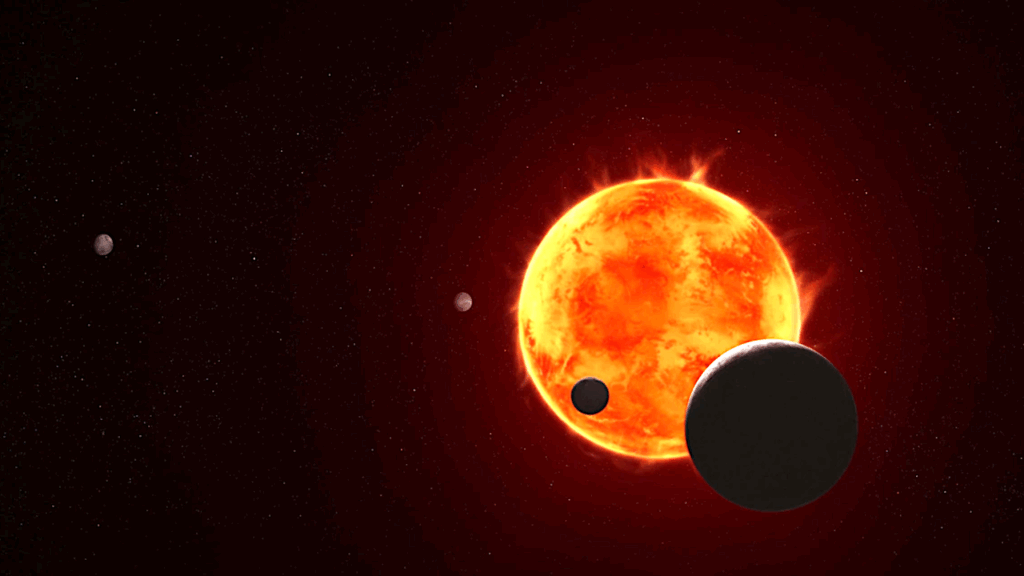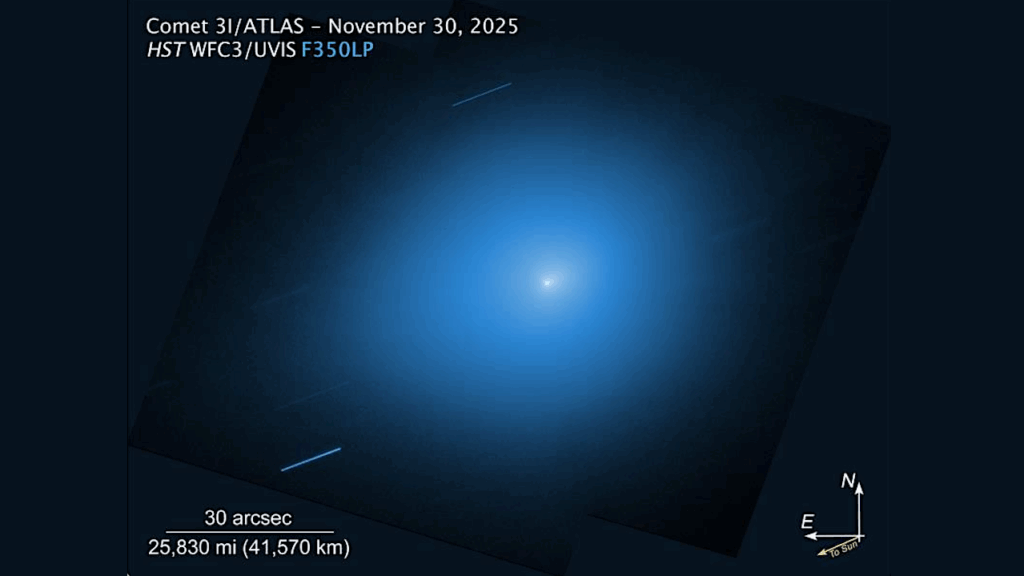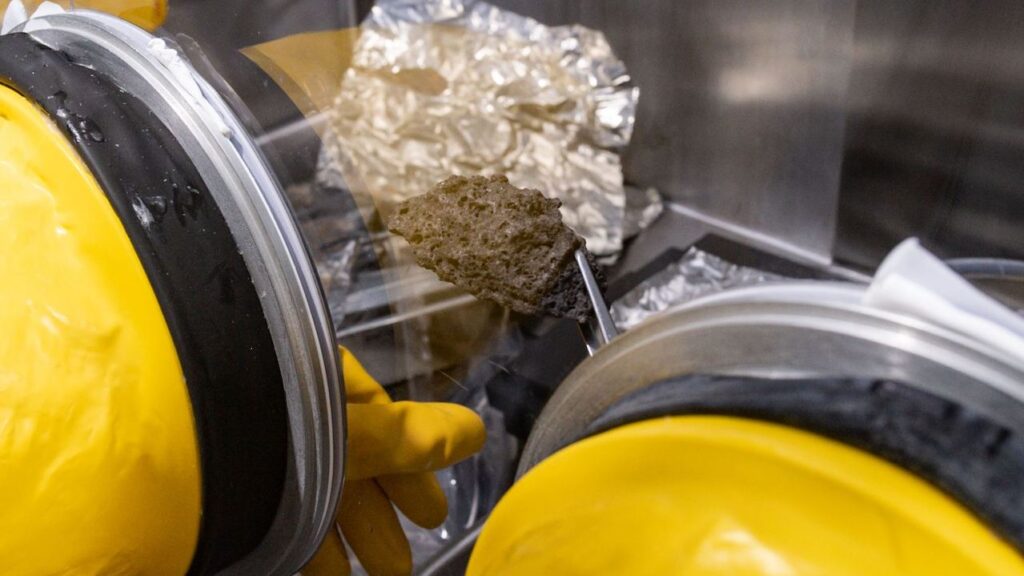Bayesian Source Separation Applied to Identifying Complex Organic Molecules in Space

Emission from a class of benzene-based molecules known as Polycyclic Aromatic Hydrocarbons (PAHs) dominates the infrared spectrum of star-forming regions.
The observed emission appears to arise from the combined emission of numerous PAH species, each with its unique spectrum.
Linear superposition of the PAH spectra identifies this problem as a source separation problem. It is, however, of a formidable class of source separation problems given that different PAH sources potentially number in the hundreds, even thousands, and there is only one measured spectral signal for a given astrophysical site.
Fortunately, the source spectra of the PAHs are known, but the signal is also contaminated by other spectral sources. We describe our ongoing work in developing Bayesian source separation techniques relying on nested sampling in conjunction with an ON/OFF mechanism enabling simultaneous estimation of the probability that a particular PAH species is present and its contribution to the spectrum.
Kevin H. Knuth, Man Kit Tse, Joshua Choinsky, Haley A. Maunu, Duane F. Carbon (Submitted on 18 Mar 2014)
Comments: 5 pages, 6 Figures, Presented at the IEEE Statistical Signal Processing Workshop, Madison WI, August 2007, 346-350
Subjects: Instrumentation and Methods for Astrophysics (astro-ph.IM); Data Analysis, Statistics and Probability (physics.data-an); Machine Learning (stat.ML)
Journal reference: Proceedings of the IEEE Statistical Signal Processing Workshop, Madison WI, August 2007, 346-350 DOI: 10.1109/SSP.2007.4301277
Cite as: arXiv:1403.4626 [astro-ph.IM] (or arXiv:1403.4626v1 [astro-ph.IM] for this version)
Submission history From: Kevin H. Knuth [v1] Tue, 18 Mar 2014 21:40:13 GMT (222kb)








